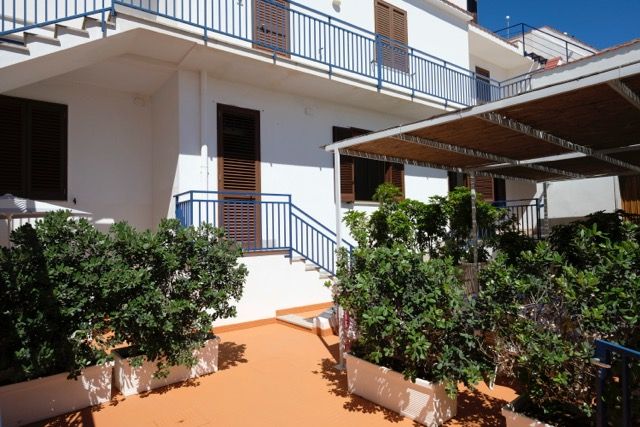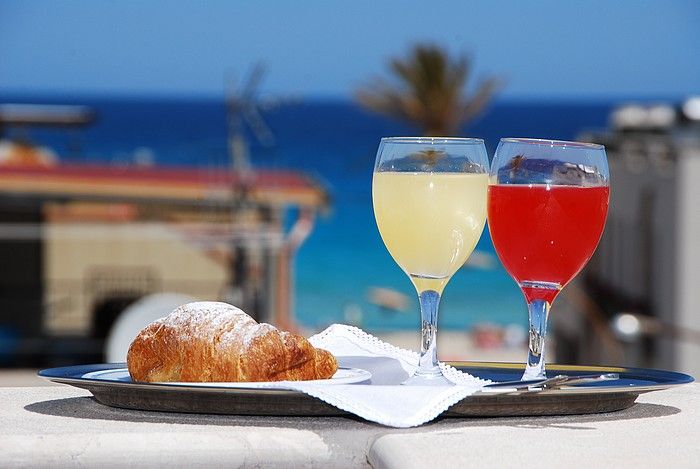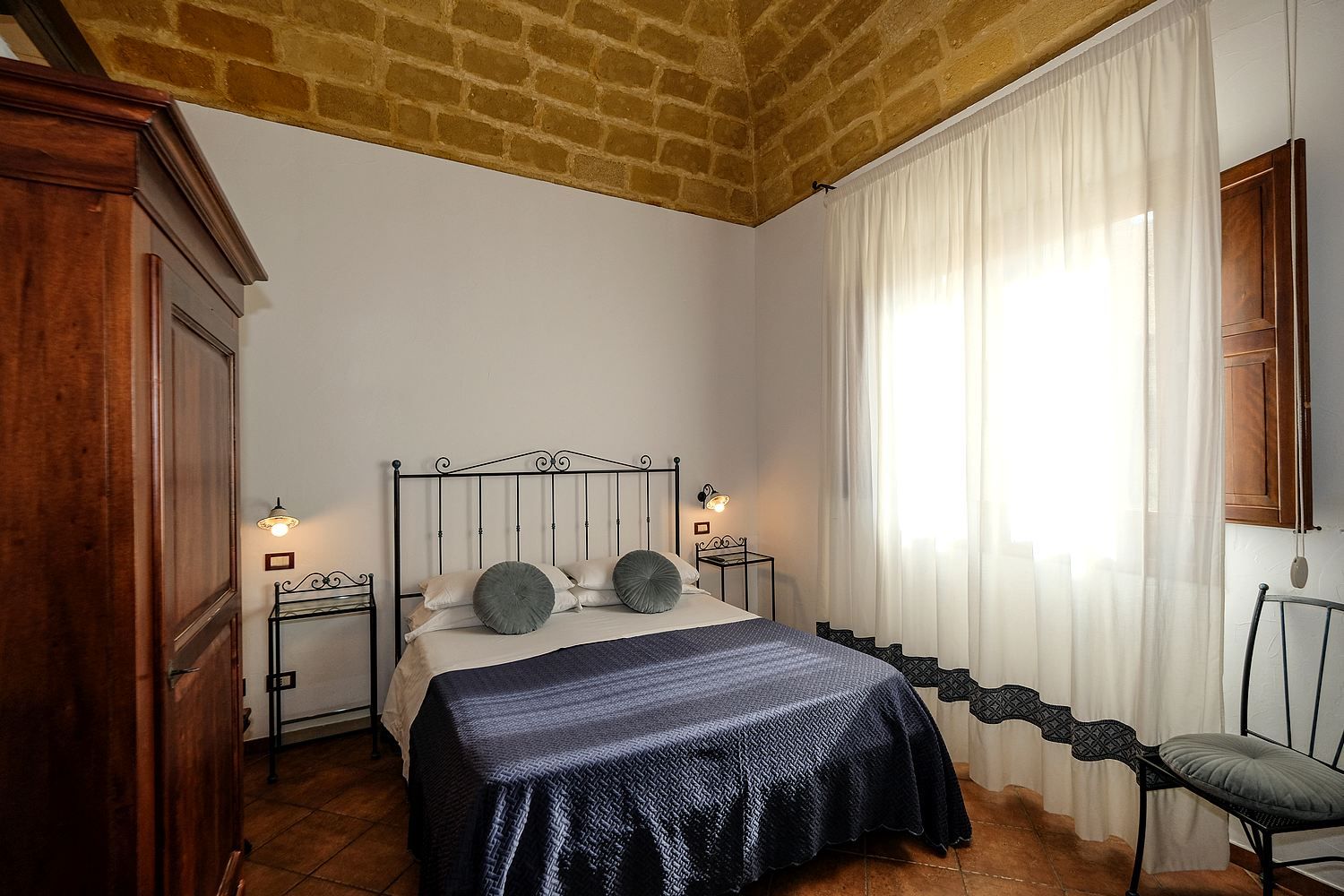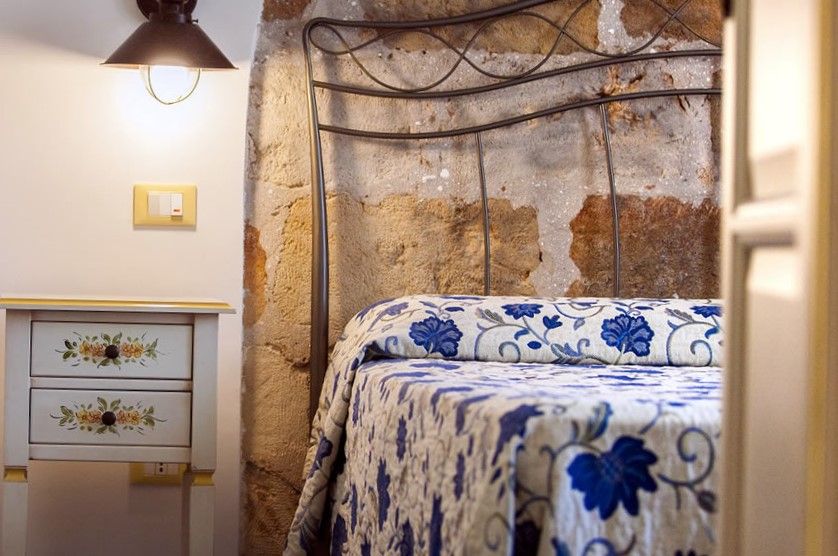Stories of pirates, noblewomen and tuna fishermen
Bonagia is located halfway between Custonaci and Trapani. Starting from San Vito Lo Capo it can be reached in less than twenty minutes. Here is located, right on the sea, one of the oldest Tonnare island. A place full of history and stories, like almost every corner of Sicily; a place full of charm and mystery.
In 1200 the Norman sovereigns listed the Tonnara di Bonagia among the property belonging to the crown and gave private individuals the opportunity to practice fishing for tuna behind direct investiture.
Tuna fishing took place from April to June and it was customary for the new owner, when he came into possession of the tuna fishery, to perform a particular ritual: practically he entered the building opening and closing the doors and windows, going up and going down the stairs and in this way sanctioned the real possession of the fishery; sometimes the ritual took place outdoors, on the seashore, and in this case the new owner touched the water, clenched his fists as if to grasp it, left the footprints on the beach and took in the hands stones and sand.
Today the tonnara, no longer active, has been transformed into a hotel but still retains its original appearance.
You can visit the large baglio with a large central courtyard overlooked by various buildings, those that were once warehouses, stalls, kitchens, the bakery and even a mill. At the back of the court there is a church, called the SS. Crucifix where once the rais used to gather in prayer with his sailors before leaving for the slaughter.
In 1638 the tonnara was put on sale by the royal court and the first owner was a Trapani woman Caterina Stella, a skilled and dynamic merchant belonging to a dynasty of rais. It was his son Antonino the first baron of Bonagia and his descendants moved to Palermo, linked to their origins in Trapani, they built a magnificent residence in Via Alloro 50, giving it the name of Palazzo Bonagia. This is a rococo-style building with several floors, which has a large, spectacular red marble staircase from Castellammare, set in a myriad of columns, arches and stuccos and dominated by a spectacular balustrade. It is currently a destination for many tourists.
Affixed to the entrance of the imposing Tower, with a square plan with an escarpment base, there is an engraving that refers to 1626, the year in which it was restored after being destroyed by pirates in a violent raid in 1624.
"It was a Monday in June, when around midnight 13 galleys of corsairs from Africa suddenly appeared in the small port of Bonagia. Taking advantage of the low light of the moon that night was in its last quarter, they arrived until the watchtower storming it with more than 200 guns that with a hissing left were going to crash on those walls up to open a breach.
At that time the owner of the tonnara was another woman: the baroness Angela La Grua in Fardella (from 1621 to 1627) who was the nephew of Donna Laura Lanza better known as the baroness of Carini.
The story of the baroness, surprised in a room in the castle of Carini in the company of her lover, Ludovico Vernagallo and killed by his father with two strokes of the sword has been the subject of many representations. Among the illustrious guests who have visited the tonnara of Bonagia, the presence, even if fleeting and unexpected, of His Majesty Vittorio Emanuele III ° King of Italy in June 1922 should certainly be pointed out.
In the surrounding area, the coast is full of small coves where it is possible to swim. Also you can admire beautiful sunsets perhaps from one of the rooms that overlook the marina.
Taken from LA TONNARA DI BONAGIA by Salvatore Grammatico.

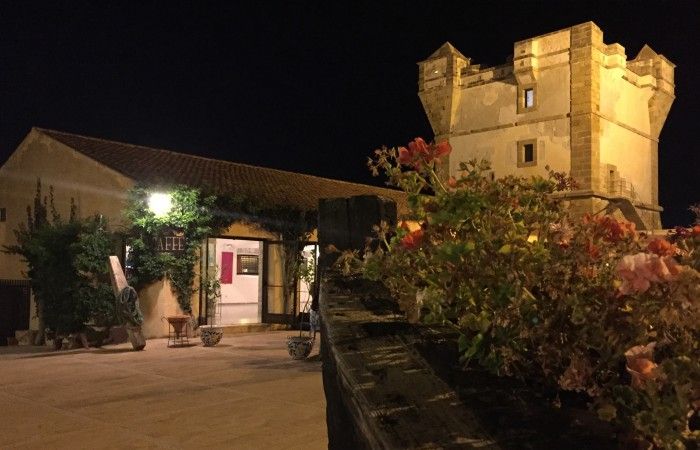
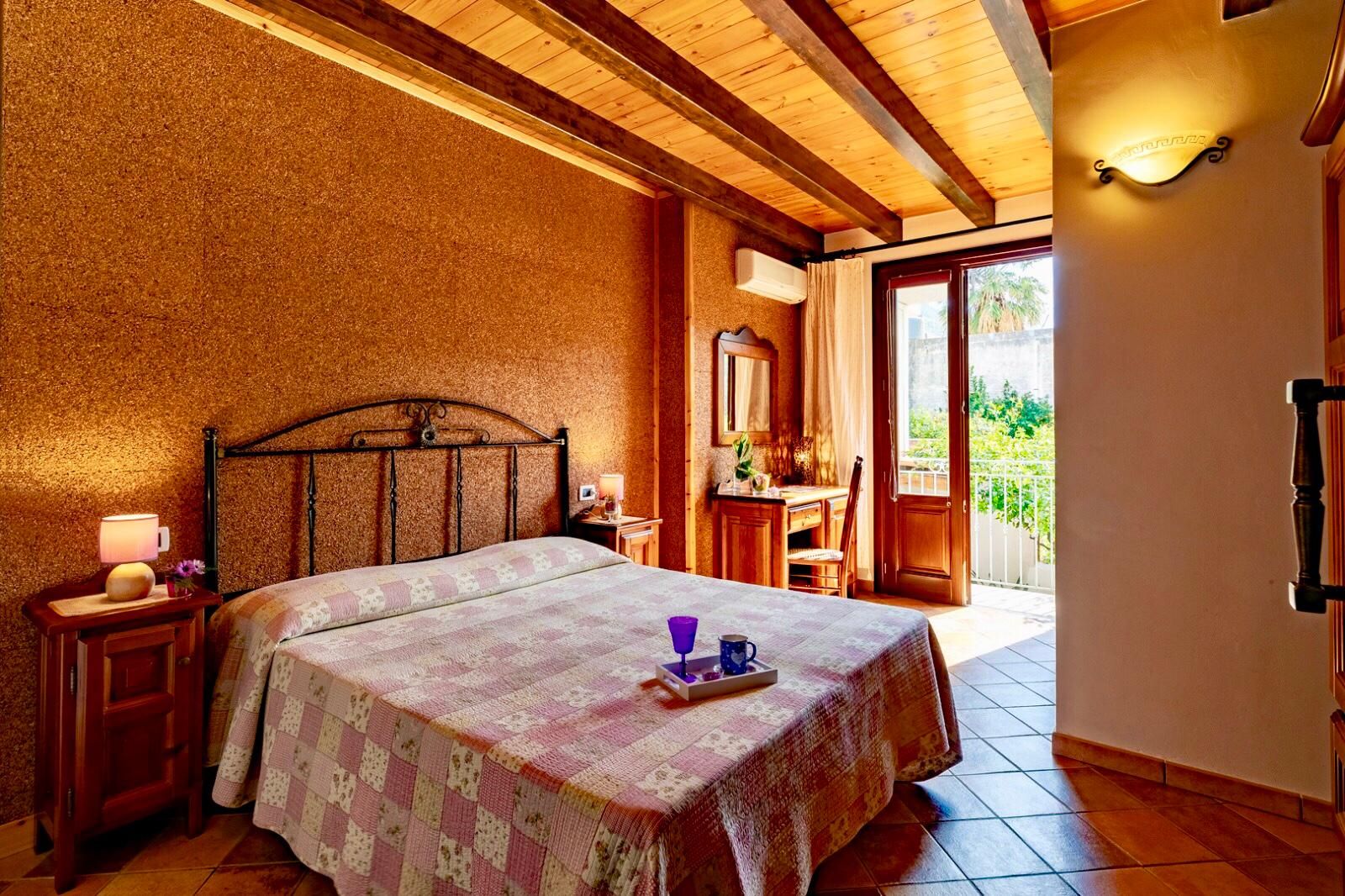

_7327.jpg)
